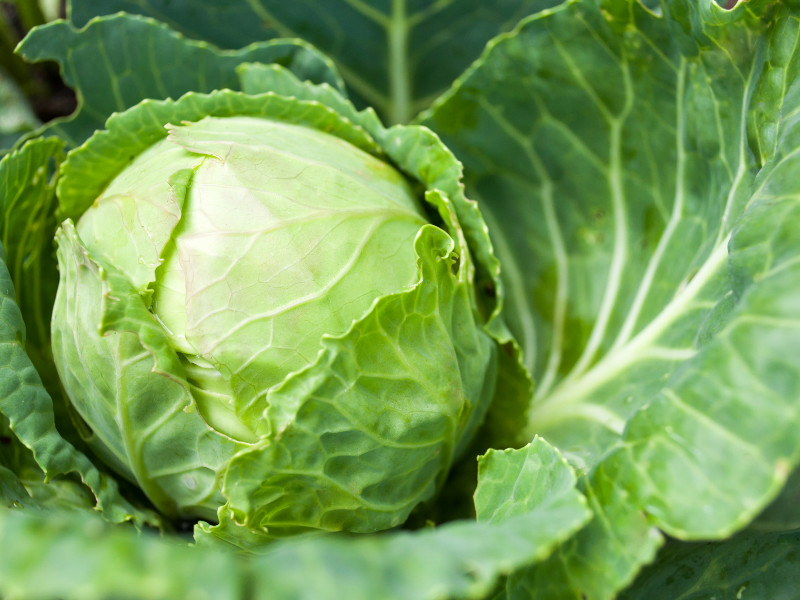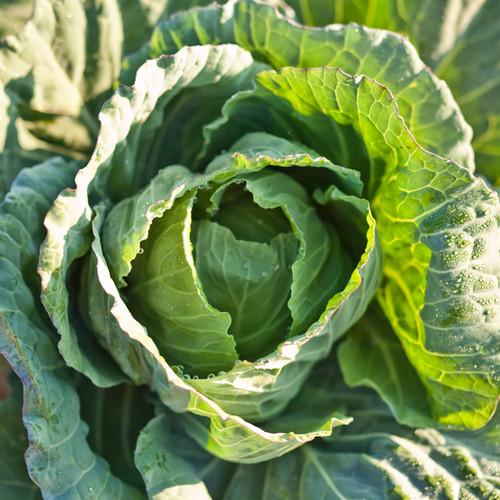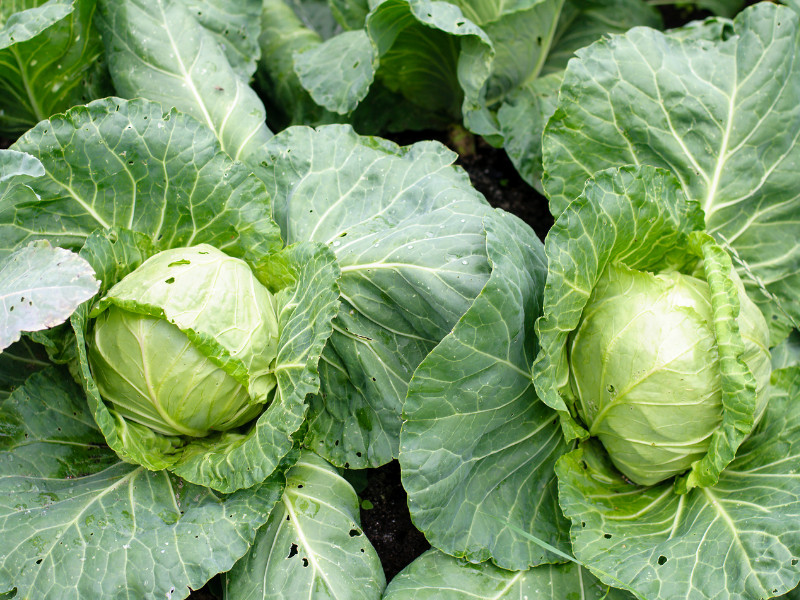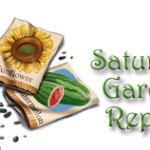Would you like to start growing cabbage in your garden? Cabbage is one of the easier vegetables to grow, and it’s great to have in the garden for different reasons. Once it’s large enough to harvest, you can make other meals with it, including stuffed cabbage, coleslaw, baked cabbage steaks, and more.
You wouldn’t need to head over to the grocery store to buy cabbage anymore! If you love the idea of having this vegetable in your garden because of everything you can do with it, follow this helpful tutorial on how to plant and grow it successfully.
Choose the Type of Cabbage You’d Like to Grow
Before you buy the cabbage seeds, you’ll need to decide which type of cabbage you’d like to grow in the garden. Different variations come in handy to make different meals. For example, Cannonball cabbage is one of the most popular types. It’s readily available in grocery stores.
It’s common for people to use it to prepare sauerkraut, stuffed cabbage, and other flavorful sides and meals. If you’re looking for a version of cabbage that has a slightly sweeter taste, Napa cabbage is a great choice.
Learn about the variations available, along with different ways to use those variations to determine which seeds you’ll plant in your garden. You might even want to grow several types of cabbage to have options in your garden.
Cabbage Varieties You’ll Want to Consider
All of these cabbage varieties are 100% Heirloom and Non-GMO.
- All Season Cabbage – Very reliable variety.
- Savoy Perfection – Mild and sweet flavor. Can have heads up to 8 lbs. Great for stuffing, steaming, soups, etc.
- Mammoth Red Rock – One of my personal favorites. Deep red heads of cabbage. Great in salads!
- Golden Acre – Slow bolting cabbage, mild flavor, EASY TO GROW! Or try the Red Acre.
- Bok Choy – A non-heading cabbage variety popular in many Asian dishes. Cold resistant!
- Danish Ballhead – An old-time favorite which grows well during the winter months. Great for kraut, slaw and cooking.
- Early Jersey Wakefield – Produces a 2 lbs cone-shaped head that is very sweet. Open pollinated heirloom variety.
Pick the Perfect Soil to Use With Cabbage
Choose the right soil to use when you’re growing cabbage. You can always start with potting soil to get your seeds started. However, you’ll also need the right soil to add to your garden for growing the cabbage. It’s essential to use firm soil with a pH level of anywhere between 6.5 and 6.8.
Cabbage thrives best when planted in firm soil, so you’ll need to check it to make sure it’s firm before transferring any of your plants to the soil. It’s also a good idea to add a bit of manure to the soil to prepare it for the transfer of the cabbage when it’s ready to go into the ground from the containers.
Start Your Seeds in Containers and Transfer Your Plants
Add potting soil to small containers, placing the seeds beneath the soil, and adding water to the containers to get the cabbage to grow. Make sure you’re adding enough water to your containers full of soil to keep it moist. If it dries out, it creates a harsh environment or the seeds that can prevent them from turning into large cabbage plants.
You’ll need to transfer the plants from the containers to the garden within four to six weeks. It’s a relatively straightforward process. You don’t need to worry about causing shock to the plants, leading to them wither and die.
When you’re transferring the cabbage from the containers to the ground, be sure to keep them at least 18 inches apart from one another. Cabbage heads tend to grow fast and large, and you’ll need to have more than enough space for each cabbage head to reach its fullest potential. If you’re planting them too close together, it could stunt their growth.
Choose the Ideal Spot for the Cabbage to Thrive
Please select the right spot to plant the cabbage when transferring it from the container to the garden. You’ll need to choose a site in the garden that gets at least six hours of sunlight. Cabbage needs to get enough sunlight to grow larger. Along with choosing a spot that gets enough sunlight, select an area with good neighboring plants. If you’re growing any root vegetables, such as beets, celery, and onions, it’s a good idea to plant the cabbage heads right next to the vegetables.
Even if you’re not growing root vegetables, you may have other plants that are best to grow next to your cabbage. Some of these plants include thyme, oregano, and marigolds. The neighboring plants provide cabbage with enough space to grow, improve the soil quality, and help with pest control. If your goal is to grow cabbage for as long as possible, choosing the ideal spot that helps with these different issues is a must.
Create the Perfect Watering Schedule to Keep the Soil Moist
Create the perfect watering schedule for your cabbage. While you don’t need to water your cabbage daily, you’ll need to make sure you’re providing the plants and soil with enough water to thrive. It’s best to water the cabbage in the morning before the sun is at its peak. It’s best to add a minimum of an inch of water and a maximum of an inch and a half of water to the soil each week. While watering these plants, you can add organic plant food to the soil. It keeps the soil in ideal condition and encourages even more growth of the cabbage you’ve planted.
Continue your watering schedule until you’re ready to harvest the cabbage. The length of time it takes for the cabbage to reach harvest will depend on different factors, including the type of cabbage you’ve decided to grow and the weather condition in your area. It can take a minimum of 80 days to harvest cabbage, but it can take as long as 180 days. Don’t get discouraged if it’s taking a bit longer for your cabbage to reach the harvesting phase.
Grow All Kinds of Cabbage in Your Garden with Ease
If you start growing cabbage in your garden, you’ll never have to go out and rebuy it. It’s one of the easier vegetables to grow, making it a beginner-friendly vegetable to add to the garden.
As long as you’re selecting good seeds, using the most suitable soil, planting the cabbage heads in a good spot, and getting on a steady watering schedule, you’ll have more than enough cabbage to go around!
Don’t forget to place the cabbage next to companion plants that can keep the pests at bay and improve the quality of the soil, creating the optimal environment for cabbage to grow and thrive.







